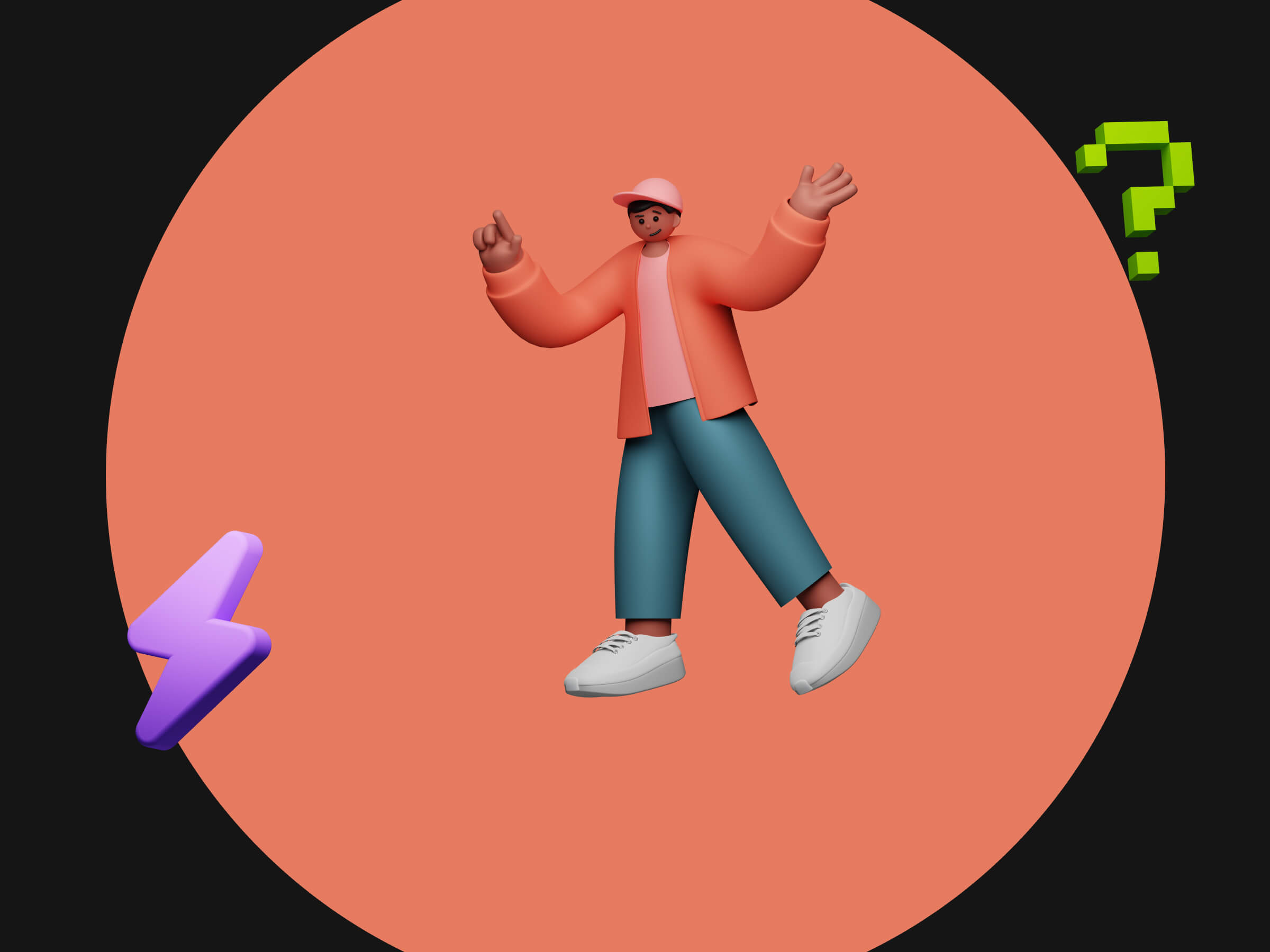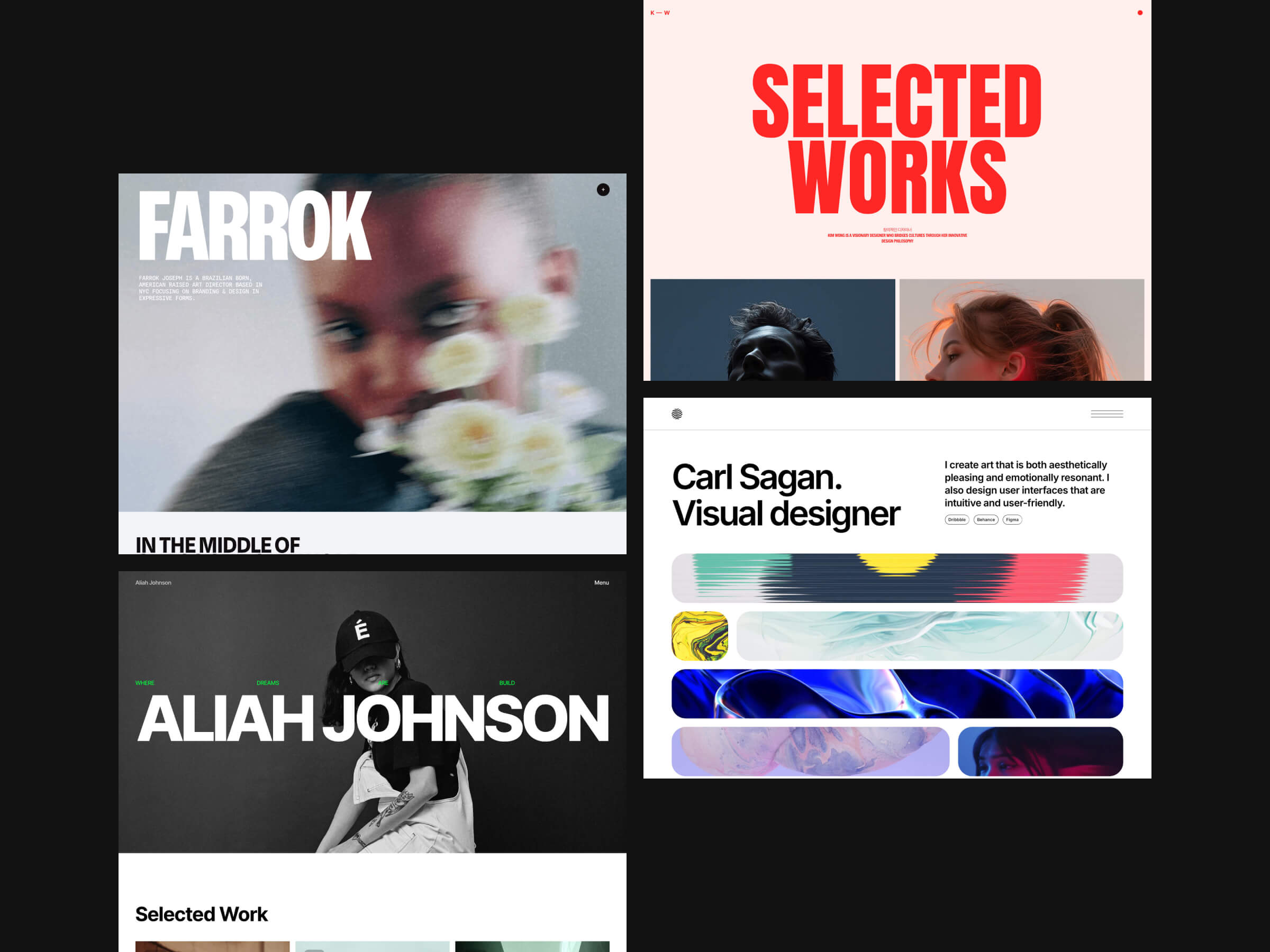If you’re someone who likes to use metaphors to understand complex ideas, you might think of developing a website as a relay race. Just like a relay race, a group of digital professional, will work towards a goal consecutively. It’s as if they each pass on a baton when they finish their part of the project, leaving the next person to run their part of the race.
When that’s an image that’s appealing to you, that’s too bad. Developing a website is not like a relay race. In fact, viewing website creation as a relay race is one way websites can fail.
Let me explain.
Your responsibility as a designer
In a relay, you, as the runner, are responsible for your part of the race and nothing else. You get the baton, run as fast as you can, pass it and you're done. You can cheer on the rest of your team or go to the canteen; it doesn't matter much.
Although, in a way, you might see you’re also only responsible for a single part of a web development process, that’s not what I prefer to see. In the end, you’re all trying to reach a common goal and working towards it becomes your shared responsibility.
As web designers, we are most important during the design phase of a project, but at the end of the day your entire team is responsible for delivering the best website you can. Passing the blame when a website fails doesn’t work. Although you may not know how to code the back-end of a website, you’ll have to work together with back-end developers on a final product.
If the back-end develop fails, you fail too.
Extreme ownership
Jocko Willink, a former Marine, calls this idea 'extreme ownership'.
It means that you cannot simply shrug off responsibility in teamwork. If one person fails, the whole team fails.
Why am I talking about this in a blog about building websites? Because the failure of a website can also revolve around things that are not entirely your responsibility, but I want to you to know that you can also contribute to a successful projects outside your own field.
You do this because every project, so to speak, has your signature on it. A website that you have designed beautifully, but that does not achieve its goals, is a failed project. The big question is: what could you have done about it? Every website you are proud of is an addition to your business card as a digital designer.
Five reasons why websites fail
Okay, so you - with the rest of the team - are responsible for the success of every website delivered. But what can you, as a 'simple' web designer, do to ensure that the entire process runs smoothly and that a working end product goes live at the end of the day?
Below are five reasons why many websites fail, including some ideas to help you improve – even if you don't do the work yourself.
Poor design
We'll start with an easy one: as a web designer you are ultimately responsible for the design of a website. But that one time when you're not feeling well and you don't deliver a very good website (to put it mildly), what can you do yourself? Because if you could have done something about it... well, you would have.
It may so happen that you’re experiencing a 'designer's block' and produce something that is substandard for you. In that case, it is time for a bit of 'extreme ownership' and you’ll have to acknowledge that you need help.
Just as you can help your team, they can also support you in the process. Especially when you work with the same people for longer period of time, they will be better able to give you good feedback and ideas.
As a web designer, you can improve a bad design by realising that you cannot always do everything alone. Ask for help and accept it when it is offered.
Non-functioning navigation
If you work in a large team, there are probably also UX and UI designers responsible for the functionalities of a website. Your designs add a final varnish, so to speak, while they build the foundations on which you work.
In this collaboration you don’t have to accept everything the User Experience-team sends your way. Sometimes a UX designer will come to you with the great idea of 'hiding' the search bar at the bottom of a website - wouldn’t that be cool?
Just tell them: I won’t design that.
As a web designer you can have principles. One of those principles is that you should never be responsible for designing an unusable website, because why would you? Stand your ground. There's a reason all websites have search bars in the same place: it works.
To ensure that a website functions properly, you can do more than just follow best practices (such as placing navigation at the top). Examine your creations with user testing, both during website development and afterwards with A/B testing.
Terrible user experience
The biggest pitfall for websites is poor user experience. Why should users spend time on your website if they can get a better experience elsewhere? Here too you work together with UX and UI designers, but the solution is less obvious than with the previous point. How do you know where the user experience problem is?
Well, as a web designer you use a lot of websites yourself - you are an expert by experience.
The purpose of this article is not to take on all the work of others. You will never hear me say that, because I am a big believer in a healthy work-life balance.
At the same time, I want to be proud of the projects I deliver and that is why I will always contribute to delivering the best products. If a website is not working, put yourself in the shoes of your user: what are the problems you’re facing? Because you can are able to imagine yourself as an end user, you can make valuable contributions to the development of the best user experience.
As a designer, you can follow the guidelines for great web designs, so that your design always contributes to the development of a clear, usable website.
The guidelines that will help you design good websites every time can be found here.
Non-mobile-friendly websites
Sure, it belongs on this list, but I’m not going to have to explain this anymore, right?
Websites that aren’t usable on mobile are - quite honestly - no longer websites. It's essential, so do what you need to do to ensure every project has the budget to make a website responsive.
I don't think I need to say anything more about this.
Long loading times
Fancy a fight with your back-end developer? Force him to make every website faster. He'll say it's the size of your images and you can reply it’s his failure to optimize loading. It doesn’t really matter, just fix it.
Slow loading times break your website. People don't feel like waiting and Google gives slow websites a lower score. In that sense, you have lost your users before they even end up on your website because of slow loading.
Get started yourself, optimize each image and make sure you have the option to add them in different resolutions so that they can be rendered as quick as possible. It would be a shame if your user leaves before any of your design appears on the screen - that’s just a lot of hard work for nothing.
And now this...
'Extreme ownership' is tiring. Success is never easy.
However, with your name under every project you deliver, in my opinion you better make sure the websites you design, work — put the user first and work from there on the best experiences.
It’s when you are proud of each website, that you retain the energy to get the best out of yourself every time. When every website you and your team create fails, you start every new project with feeling like you’re behind.
So, if you're already running this race together, why not team up for first place?






